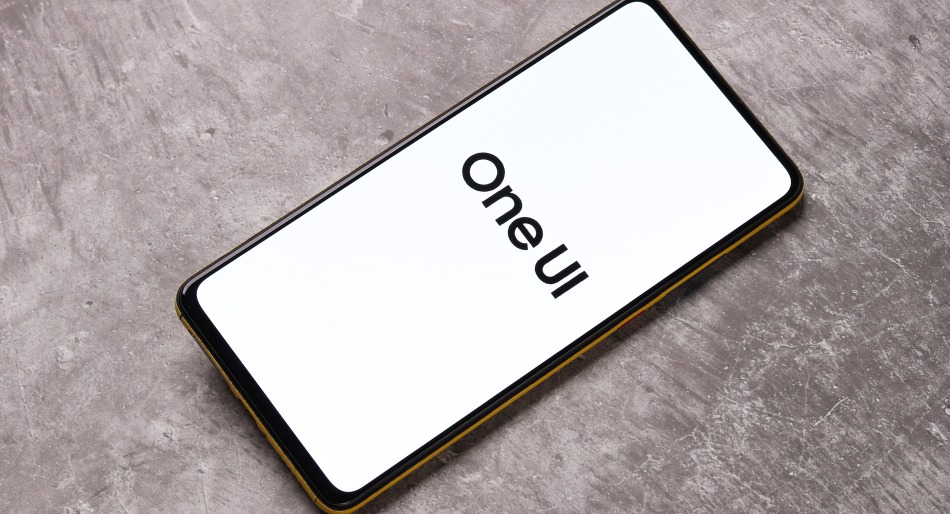
Samsung Electronics unveiled a comprehensive suite of mobile security and privacy enhancements that will debut with One UI 8 on upcoming Galaxy smartphones.
The updates include a new encrypted architecture for on-device AI, advanced threat response capabilities through Knox Matrix, and quantum-resistant upgrades to Secure Wi-Fi, collectively aiming to future-proof user data protection in an era of personalized AI and emerging quantum threats.
Introducing KEEP
At the core of Samsung's security enhancements is Knox Enhanced Encrypted Protection (KEEP), a new system-level architecture designed to protect app-specific data processed locally by Galaxy AI features. KEEP operates within the device's secure storage area, isolating sensitive data per application to prevent unauthorized access, even from other apps on the same device. KEEP is tightly integrated with Knox Vault, Samsung's hardware-based security environment, to add tamper-resistance and further isolation from the main OS.
KEEP is a foundational component of Samsung's Personal Data Engine (PDE), which enables on-device learning for features like Now Brief, Smart Suggestions, and Smart Gallery Search. These tools analyze user behavior, preferences, and routines to deliver a highly personalized mobile experience without sending private data off the device. With KEEP, Samsung embeds privacy as a default system behavior, not merely a configurable option.
This privacy-by-design approach is vital as Galaxy AI expands its contextual awareness. Features powered by PDE can now operate within self-contained, secure environments that allow sophisticated personalization without exposing sensitive data to the cloud or external services.
Expanding Knox Matrix
Samsung is also updating Knox Matrix, its cross-device security framework, to improve real-time risk management. When a Galaxy device is identified as compromised due to system tampering, identity forgery, or high-risk anomalies, Knox Matrix can now automatically log the device out of the user's Samsung Account, effectively halting its ability to interact with cloud-connected services.
This capability provides users with immediate alerts across all their Galaxy devices and access to a centralized Security Status dashboard. There, users can view risk assessments and take remediation steps. Notably, even older devices lacking recent security updates are flagged with yellow-level warnings, enabling early detection and prevention of broader compromise.
This system aims to give users more transparency and control, offering ecosystem-wide trust and visibility through proactive security measures rather than reactive ones.
Quantum-resistant encryption on Wi-Fi
In anticipation of the coming wave of quantum computing threats, Samsung is upgrading its Secure Wi-Fi feature with post-quantum cryptography, specifically using ML-KEM, a cryptographic algorithm certified under NIST FIPS 203. First introduced on the Galaxy S25 series, this update now applies to all supported Galaxy devices running One UI 8.
Quantum computers have the potential to break classical encryption by exploiting their superior computational power. A common attack scenario, known as “harvest now, decrypt later,” involves intercepting encrypted communications today to crack them once quantum capabilities become viable. By integrating post-quantum key exchange protocols, Samsung ensures that Secure Wi-Fi can defend against this class of long-term, forward-looking threats.
In addition to its quantum-safe foundation, Secure Wi-Fi includes:
- Auto Protect: Automatically activates encryption in public networks like cafés or airports.
- Enhanced Privacy Protection (EPP): Adds anonymization layers by routing traffic through encrypted relays.
- Protection Activity Dashboard: Offers visibility into which apps and networks were secured and the volume of encrypted traffic.
These enhancements further shield Galaxy users from tracking and surveillance risks on public and unsecured networks.
One UI 8 is expected to launch soon, along with Samsung's upcoming Galaxy Z Fold7 and Flip7 devices. Galaxy users should upgrade to One UI 8 when the update becomes available for their model to receive all new protections, and check their settings to ensure the new features are active.







Leave a Reply